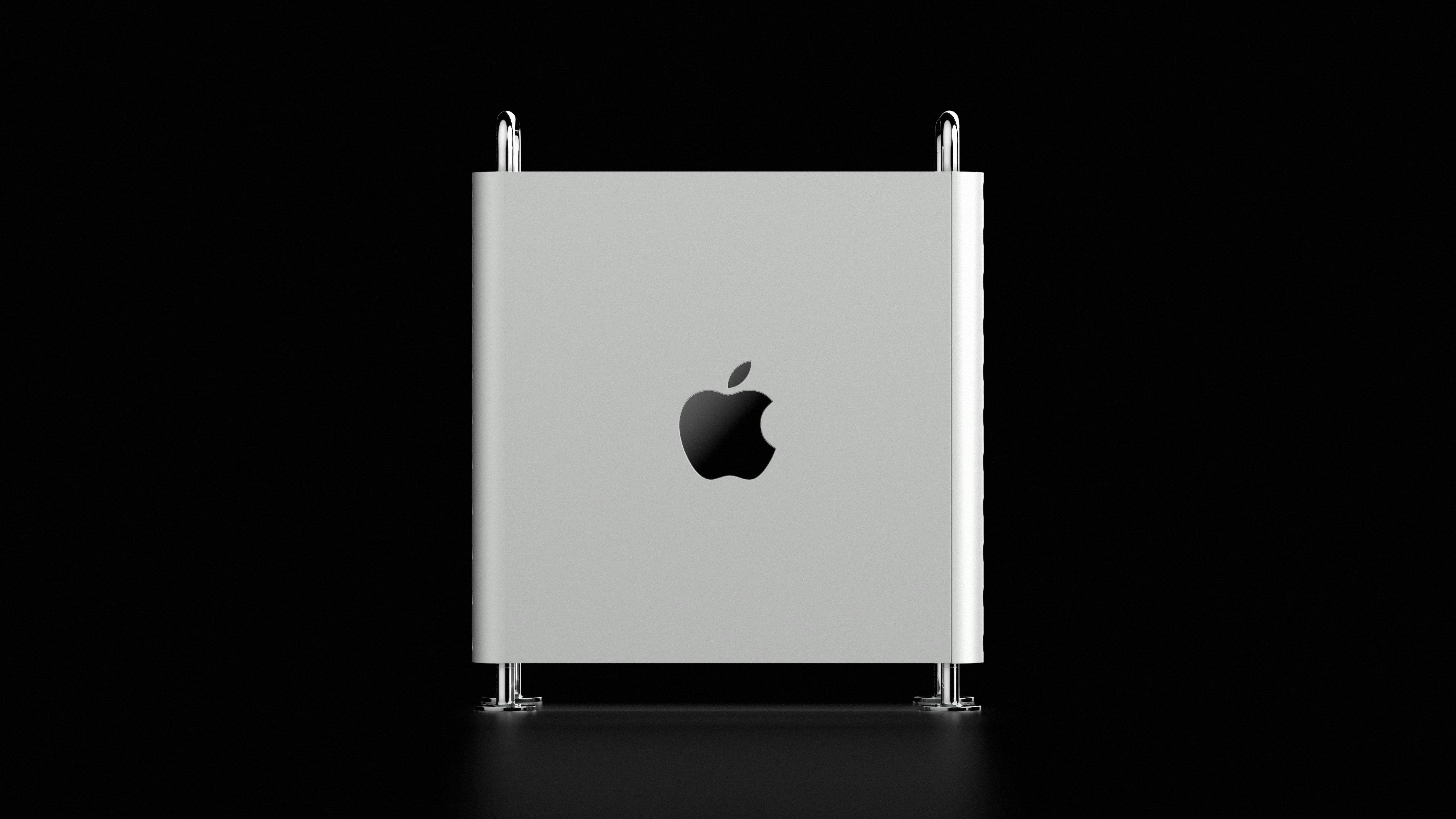MeshCraft: Exploring Efficient and Controllable Mesh Generation with Flow-Based DiTs

Top post
Efficient and Controllable Mesh Generation with Flow-based DiTs: An Insight into MeshCraft
The generation of 3D meshes is a fundamental component in fields such as computer graphics, virtual reality, and computer-aided design. However, the creation of detailed and complex meshes has often been computationally intensive and required specialized software. New research findings presented in the paper "MeshCraft: Exploring Efficient and Controllable Mesh Generation with Flow-based DiTs" open up promising possibilities for more efficient and controllable mesh generation. MeshCraft's innovative approach is based on so-called flow-based Discrete Input Transformers (DiTs), which enable efficient and flexible processing of 3D data.
Flow-based DiTs: A New Approach to Mesh Generation
Traditional methods of mesh generation often reach their limits when it comes to generating complex geometries with fine details. Flow-based DiTs offer a new approach here by combining the strengths of deep learning with the flexibility of transformer models. DiTs enable the parallel processing of data points in 3D space, thus offering high efficiency in the generation of meshes. The flow-based approach also allows precise control over the generated structures by controlling the transformations of the data points during the generation process.
MeshCraft: Efficiency and Control Combined
MeshCraft leverages the advantages of flow-based DiTs to enable efficient and controllable mesh generation. By using discrete input data, MeshCraft can work directly with point clouds or other discrete 3D representations. This simplifies the workflow and allows integration into existing 3D modeling pipelines. The controllable nature of MeshCraft allows users to specifically influence specific properties of the generated mesh, such as the level of detail or the topology.
Applications and Future Prospects
The efficient and controllable mesh generation with MeshCraft opens up a variety of application possibilities in different fields. In computer graphics, complex 3D models can be created faster and with higher fidelity. In virtual reality, immersive environments can be dynamically generated and adapted to the user's needs. In the field of computer-aided design, MeshCraft also offers the potential for the automated generation of 3D models based on user sketches or other input data.
Research on flow-based DiTs and MeshCraft is still in its early stages, but the results so far are promising. Future developments could further improve the efficiency and controllability of mesh generation and open up new application possibilities in areas such as robotics, medicine, and materials science. The combination of deep learning and 3D modeling holds enormous potential for the future of the digital world.
.png)


